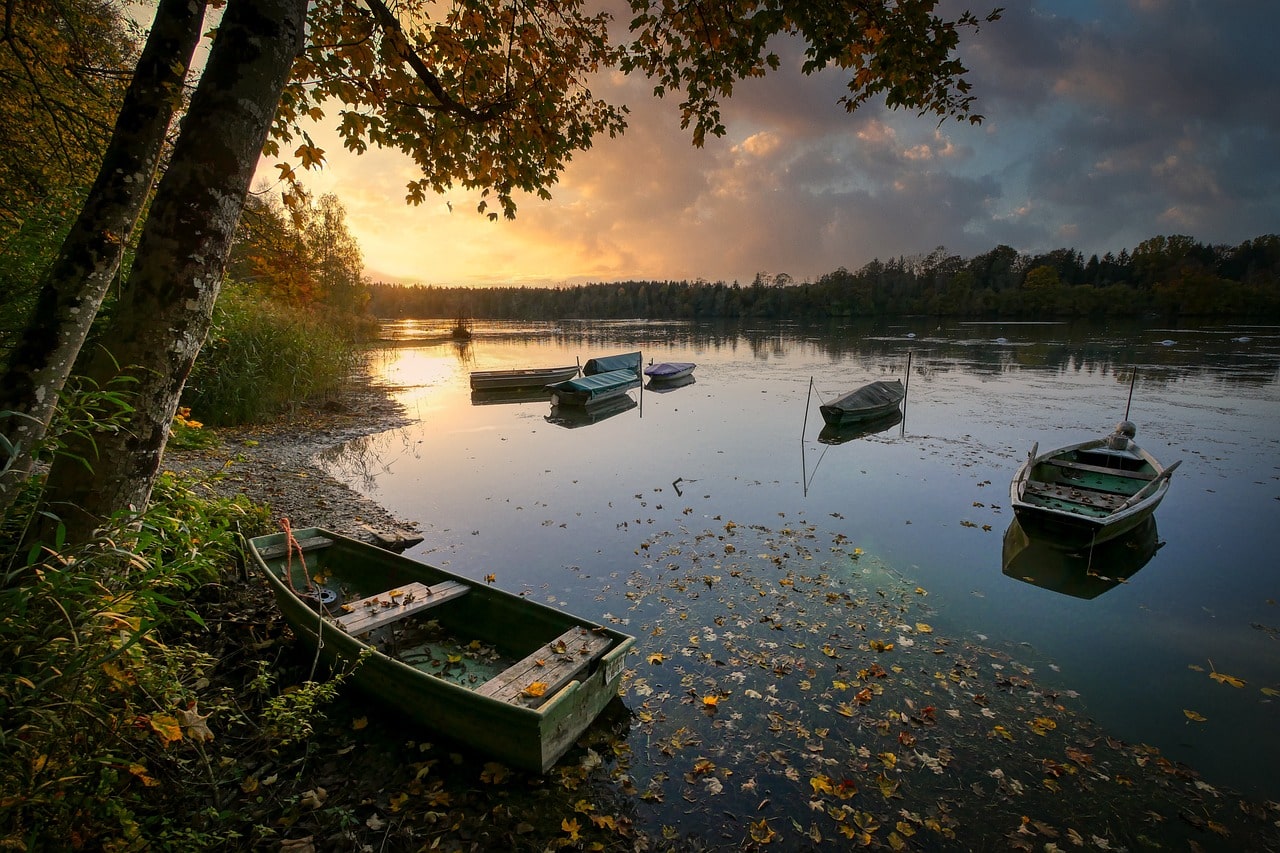Pangong Tso, or Pangong Lake, is a stunning endorheic lake situated at an impressive elevation of 4,225 meters (13,862 feet) in the Himalayas, straddling eastern Ladakh in India and West Tibet. This remarkable body of water spans 134 kilometers (83 miles) and encompasses five sub-lakes: Pangong Tso, Tso Nyak, Rum Tso (twin lakes), and Nyak Tso. The lake’s diverse terrain covers approximately 700 square kilometers, making it a significant geographical and ecological feature.
Pangong Tso’s dramatic landscape is framed by three major mountain ranges: the Changchenmo Range, the Pangong Range, and the Kailash Range. These ranges provide a breathtaking backdrop and play an important role in the region’s ecology and climate. The Changchenmo Range, which runs along the eastern and northern banks, features glaciated spurs known as the “fingers,” creating a buffer zone that is a point of territorial contention between India and China.
Despite its high salinity, Pangong Tso completely freezes over in winter, creating a surreal, icy expanse. This seasonal transformation does not deter the lake’s rich avian life. The lake is a vital breeding ground for numerous bird species, including migratory birds like bar-headed geese and Brahmini ducks. The diverse fauna also includes the kiang and the marmot, thriving in the surrounding marshes and wetlands fed by streams from the Indian side.
Historically, Pangong Tso has been central to the Sino-Indian border dispute, with the Line of Actual Control (LAC) running through its waters. The lake’s strategic importance has led to frequent military standoffs, making it one of the most sensitive border points in the region. Notably, the area witnessed significant military action during the Sino-Indian War of 1962 and continues to be a flashpoint for skirmishes.
Tourism at Pangong Tso has surged recently, particularly following its feature in popular Indian films. However, the increase in visitors poses environmental challenges due to inadequate infrastructure. The Indian side of the lake requires an Inner Line Permit for visitors, emphasizing the area’s strategic and ecological sensitivity. Boating is prohibited to protect the lake’s fragile ecosystem, and access is generally limited to guided tours.
Despite these restrictions, the lake offers an unparalleled experience for nature lovers and adventure seekers. The lake’s clear waters, set against the rugged mountain backdrop, provide a perfect setting for photography and bird-watching. The nearby regions, including the towns of Ladakh and the surrounding mountain ranges, offer additional opportunities for exploration and cultural immersion.

